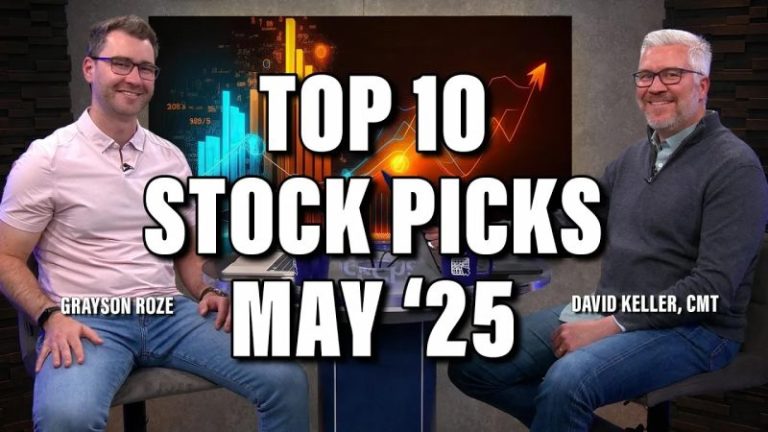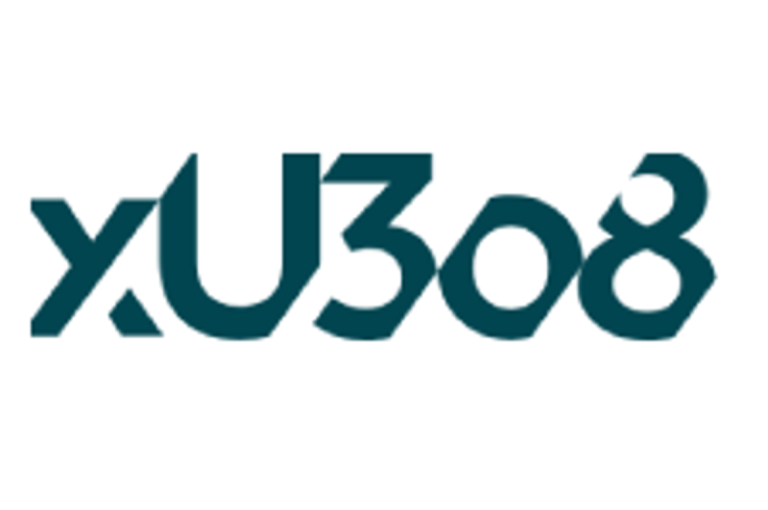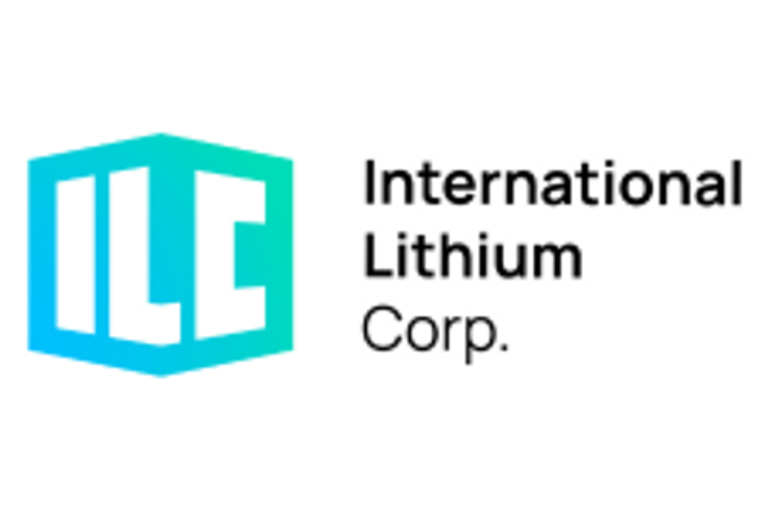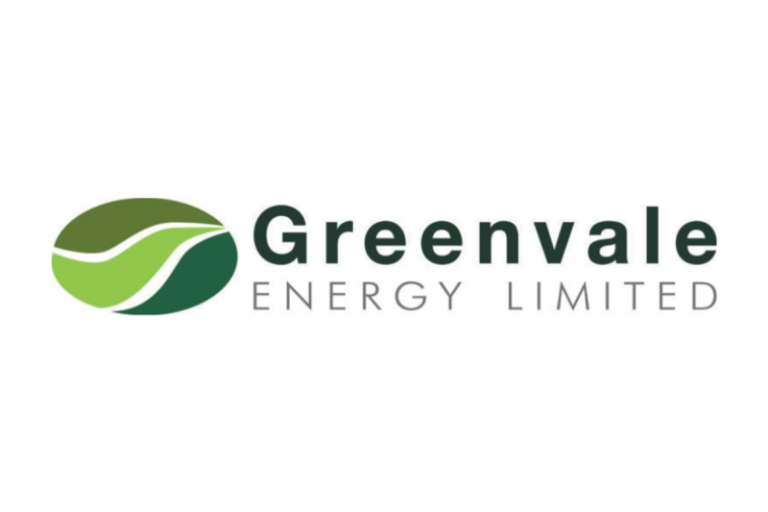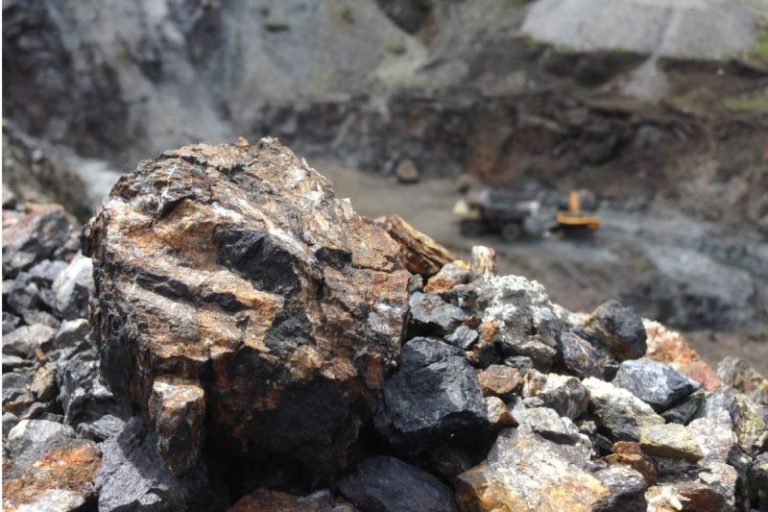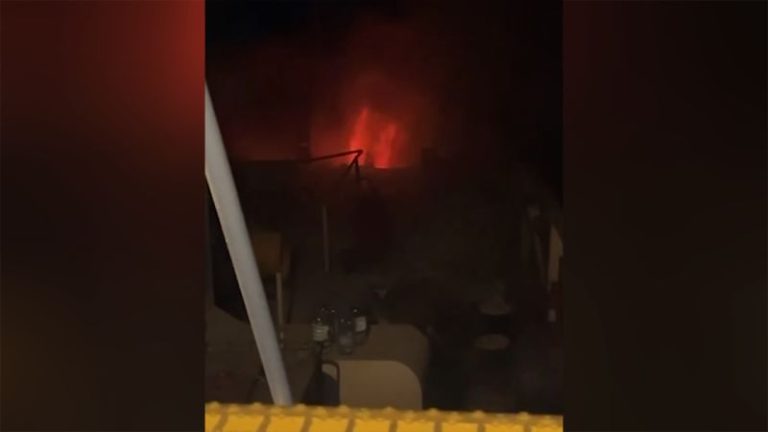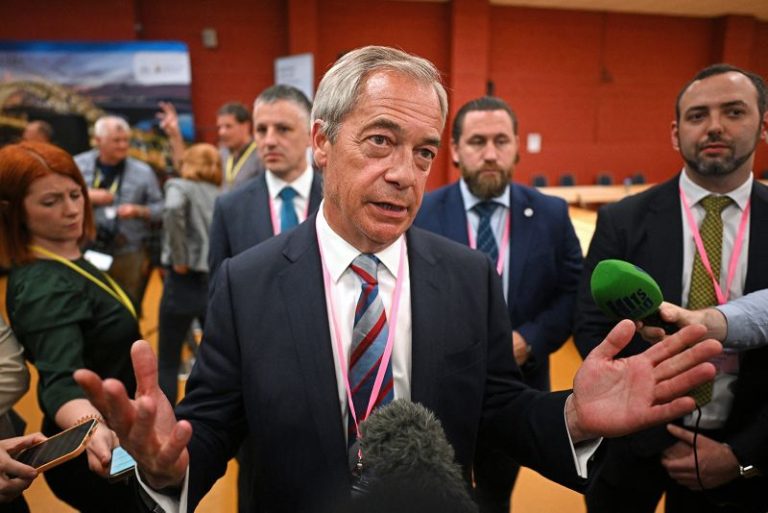When you’re lost in the woods, you reach for a compass to find true north. In the markets, it’s not so simple, as the landscape is always shifting. If there is a “true north” in this terrain, it might be better understood as a characteristic—strength and momentum over time, rather than a single stock or sector.
With sentiment muddled and signals mixed, how do you cut through near-term noise and find the “true north” in a shifting market landscape? This is where StockCharts’ MarketCarpets comes in. You can think of it as a visual compass that can help you reorient and recalibrate.
What MarketCarpets is Saying Now
All MarketCarpets readings use the five-day setting, since shorter time frames are particularly susceptible to noise in the current context.
FIGURE 1. MARKETCARPETS S&P VIEW. Lots of green, but I want to see a reduction.
On Thursday morning, there were more bullish greens than bearish reds. They represent S&P 500 stocks performing better relative to others—specifically from a ‘long only’ (bullish) perspective. But what do those greens have in common?
The answer is that most, if not all, are Information Technology sector funds.
Technology Sector Leads the Charge in S&P 500
If you select the S&P Sector ETFs group, Technology is the strongest among all 11 S&P sectors.
FIGURE 2. MARKETCARPETS SECTORS. Technology is far ahead of most other sectors, which read bullish.
If you follow financial news, you’re probably well aware of how certain tech companies are performing, especially in light of the current earnings season.
But not every investor wants to risk allocating capital toward individual stocks, given the volatility of today’s geopolitical environment, where news on a given day can cause markets to soar or slump. So, conservative investors, particularly those in or nearing retirement, might want to opt for a sector ETF instead, like the Technology Select Sector SPDR Fund (XLK).
Why is technology outperforming?
Six Reasons Tech Stocks are Outperforming in 2025
Here’s a quick breakdown of what’s going on:
- AI and cloud boom. Enterprise-focused giants are thriving due to surging AI demand.
- Earnings confidence. Big tech’s strong earnings are keeping investor sentiment positive despite market volatility.
- Tariff mitigation. Tech companies are proactively shifting supply chains to soften tariff impact.
- Tariff relief. Temporary exemptions on key tech products give hardware makers a short-term boost.
- Long-term innovation appeal. Investors see AI, chips, and automation as long-term growth drivers.
- Stable revenue streams. Tech firms with enterprise and software services offer more stability than consumer-driven sectors.
Technology Sector Overbought? Market Breadth Says Maybe
That’s a lot of fundamental talk, but what does the technical picture look like? Let’s start by analyzing market breadth with the S&P Technology Sector Bullish Percent Index ($BPINFO) chart.
FIGURE 3. TECH SECTOR BPI. Most tech stocks in the sector are ultra-bullish, but that can also signal overbought conditions.
The Bullish Percent Index (BPI) is at 85, meaning 85% of all stocks within the sector are triggering Point & Figure Buy Signals. Above 50% is bullish, but above 70%, let alone 85%, XLK is straddling ultra-bullish to overbought.
If you look at the magenta rectangle, you can see where XLK’s trend is situated—at the point of recovery following a two-month tumble. However, it’s still below its 200-day simple moving average (SMA), and, as the saying goes, nothing good happens below the 200.
XLK’s Price and Volume Action: A Closer Look
Let’s zoom in on a daily chart.
FIGURE 4. DAILY CHART OF XLK. It broke above resistance, but can it sustain upward momentum?
XLK’s recovery effort gained momentum with a notable gap up on Thursday. Positive momentum is reinforced by a rising Relative Strength Index (RSI) above the 50 level, suggesting XLK still has room to run.
From a volume perspective, the On Balance Volume (OBV) indicator is trending higher, signaling increased buying pressure. A 20-day SMA is overlaid to show how OBV is performing relative to its average. However, the Chaikin Money Flow (CMF), hovering flat near the zero line (see blue circle), indicates accumulation with hesitation.
Key Support Levels to Watch If You’re Bullish on XLK
If you’re considering a long position in XLK, keep an eye on these key technical levels:
- Initial Support – $205. The breakout level around $205 (marked by the blue dotted line) should act as the first line of support on any pullback.
- Secondary Support Zone – $185 to $187.50. If $205 fails, the yellow-shaded zone becomes the next support range. But note: if price falls here, the $205 breakout level may flip into resistance.
- Critical Support – $172.50. A drop toward $172.50 could signal deeper technical weakness. That’s why the area is shaded red—to underscore its importance.
In each case, monitor the CMF for confirmation. A rising CMF, especially in the first two support zones, would suggest continued buying pressure—a bullish signal. Conversely, if CMF dips below the zero line, it would signal growing selling pressure, reinforcing a more bearish outlook.
At the Close
The tech sector is leading the charge, but you have to estimate whether momentum is real or just generating noise. MarketCarpets works like a compass, helping you visually navigate market conditions and spot patterns. Pair it with tools like RSI, OBV, CMF, or any other preferred tool in your analytical toolbox to create well-defined setups and exits. In a market environment driven by sentiment, headlines, fear, and FOMO, having a solid technical foundation is more important than ever.
Disclaimer: This blog is for educational purposes only and should not be construed as financial advice. The ideas and strategies should never be used without first assessing your personal and financial situation, or without consulting a financial professional.


